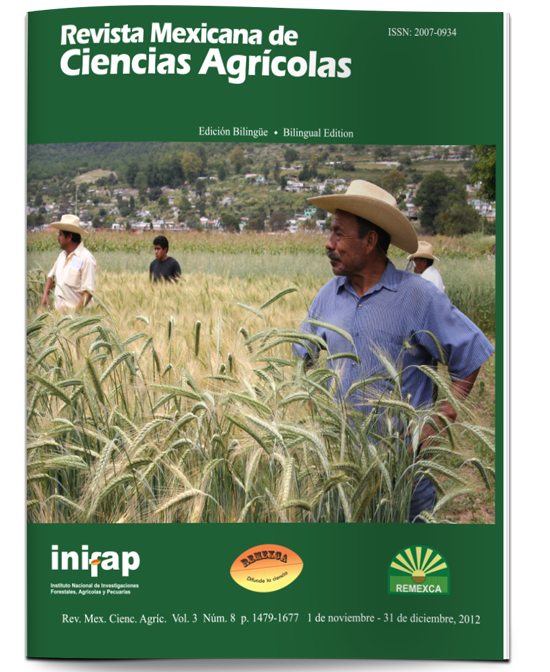Forest management alternatives in juvenile Nothofagus pumilio (Lenga) in Land of fire Tierra del Fuego, Argentina
DOI:
https://doi.org/10.29312/remexca.v3i8.1329Keywords:
costs, efficiency, silviculture, juvenile, forestAbstract
In order to promote the integral use and development of silvicultural techniques to achieve sustainable management of lenga beech forests, the Forest Department of the Province Tierra de Fuego (Land of Fire), is implementing the project “Forest Management of juvenile Forest Reserves Production of Land of Fire”, articulated in the framework of the implementation of Resolution 256/09 concerning the Experimental Program Management and Conservation of Native Forests in Argentina. The General Directorate of Forests, through the creation of the Provincial Execute Unit of Forestry Programs (UEPPF for its acronym in Spanish), develops and applies silvicultural treatments on juvenile structures of lenga beech forests, generating experience, education and training of human resources in the work of thinning and spacing. Applications are being developed and trials of thinning and spacing at different intensities and criteria. 1) Crown thinning; 2) low thinning; 3) systematic spacing in strips of penetration; and 5) selective spacing. The application of the trials and techniques on juvenile structures, allow to generate knowledge and to establish differences in costs, operating efficiencies, and removable volumes depending on each situation. The information collected on this activity will be essential to perform monitoring of the remnant forest and be part of the guidelines that make the sustainable management of lenga beech forests in the province of Tierra de Fuego.
Downloads
Downloads
Published
How to Cite
Issue
Section
License
The authors who publish in Revista Mexicana de Ciencias Agrícolas accept the following conditions:
In accordance with copyright laws, Revista Mexicana de Ciencias Agrícolas recognizes and respects the authors’ moral right and ownership of property rights which will be transferred to the journal for dissemination in open access. Invariably, all the authors have to sign a letter of transfer of property rights and of originality of the article to Instituto Nacional de Investigaciones Forestales, Agrícolas y Pecuarias (INIFAP) [National Institute of Forestry, Agricultural and Livestock Research]. The author(s) must pay a fee for the reception of articles before proceeding to editorial review.
All the texts published by Revista Mexicana de Ciencias Agrícolas —with no exception— are distributed under a Creative Commons License Attribution-NonCommercial 4.0 International (CC BY-NC 4.0), which allows third parties to use the publication as long as the work’s authorship and its first publication in this journal are mentioned.
The author(s) can enter into independent and additional contractual agreements for the nonexclusive distribution of the version of the article published in Revista Mexicana de Ciencias Agrícolas (for example include it into an institutional repository or publish it in a book) as long as it is clearly and explicitly indicated that the work was published for the first time in Revista Mexicana de Ciencias Agrícolas.
For all the above, the authors shall send the Letter-transfer of Property Rights for the first publication duly filled in and signed by the author(s). This form must be sent as a PDF file to: revista_atm@yahoo.com.mx; cienciasagricola@inifap.gob.mx; remexca2017@gmail.
This work is licensed under a Creative Commons Attribution-Noncommercial 4.0 International license.



